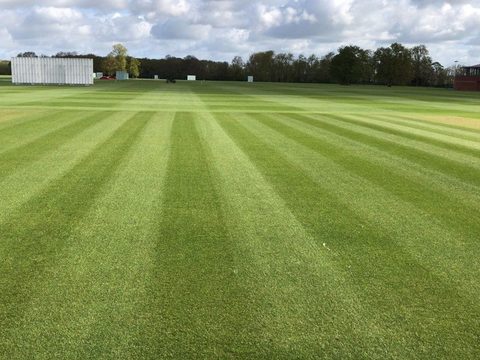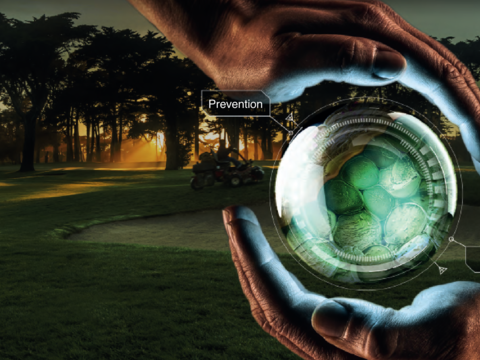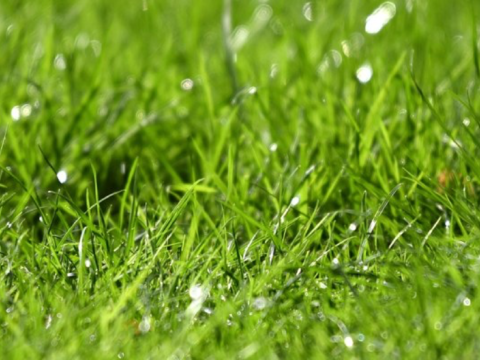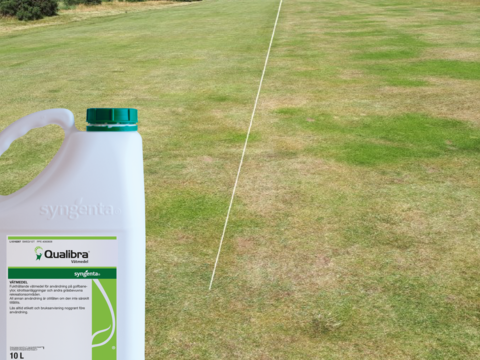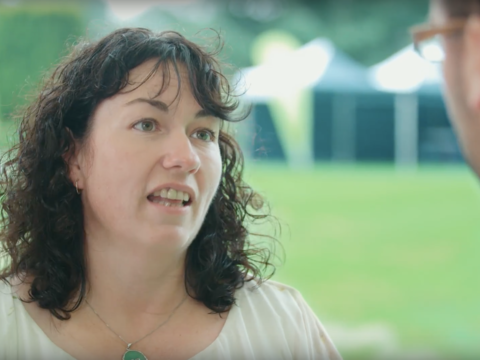Greencast Sweden - Dr Watson’s Spring clean for faster green recovery
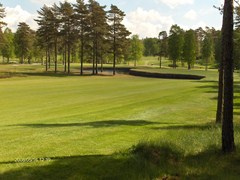
Dr Watson's Spring clean for faster green recovery
New developments in overwinter disease control will aide better turf survival and a better surface to work with in the spring. Now, greenkeepers in Sweden can adopt innovative spring management techniques to get greens back in play faster and with improved playing surface quality from the start.
Key factors that limit the speed of spring recovery from overwintered turf include:
• Disease infection from pathogens that have built up over the winter
• Lack of available nutrition appropriate to kick start growth
Why do we now have the chance for fast spring recovery?
In the past, most golf courses in Sweden accept there can be high levels of turf loss over the winter - the result of extreme cold on weak plants and aggressive infections of Snow Mould (Microdochium/Fusarium) that thrived in conditions under the blanket of snow cover. They have relied heavily on over seeding and spring growth to restore playing surfaces.
However, research by Bioforsk and STERF has shown that Primo Maxx use over the summer and early autumn can help to significantly build-up root and leaf reserves. It creates stronger plants, which are better able to withstand winter conditions and suffer less from Microdochium (Fusarium) Patch attack.

Furthermore, the introduction of Medallion TL has proven to give long-lasting disease protection under the snow. Effective results have lasted for weeks when applied before infection and weather conditions conducive to disease. Combined, these effects have given the opportunity for unprecedented levels of turf cover remaining after the winter.
What are the risks to recovery?
Medallion TL has proven extremely effective in targeting disease pathogens on the leaf and in the thatch, to reduce the risk of disease and protect plants from infection. However, over the course of the winter, the number of infective disease spores does inevitably build up.

In the spring, when surface conditions are often moist, disease infection can hit turf plants that have been weakened over the winter. With limited reserves and growing conditions still restricted by cool nights and short days, the effects of Microdochium (Fusarium) Patch can be severe. Disease infection can be especially damaging for establishing new seedlings.
Even when growing conditions improve, plant recovery can still be hampered by a lack of appropriate nutrition being available for immediate uptake to stimulate growth.
What action is required?
The remaining turf plants need to be protected from early spring disease infection and give them the best chance of recovery. When soil temperatures reach 7°C or more and with turf beginning to grow, the advice is to switch from the contact+ activity of Medallion TL, used to protect the leaf surface over the winter, to a systemic fungicide action that can get into the plant and move with new growth.

Systemic activity is essential once turf is actively growing, since any contact protection will quickly grow up the leaf and be cut off, leaving newly emerging growth at the base of the plant unprotected and especially vulnerable to infection from spores in the thatch.

At this stage the cool-weather systemic, Banner Maxx, is the best option to get fast uptake into the leaf and rapid movement within the plant. The aim is to target and kill any disease pathogen in the leaf that has germinated with the beginnings of mycelia growth, but before it has chance to develop and result in visible damage to the leaf surface and playing quality.
The systemic active in Banner Maxx also continues to move up with new growth, replenishing protection through the early weeks of recovery.
Feed for spring growth
To further enhance this recovery and get turf plants growing strongly, it is essential to provide appropriate nutrition that can be readily taken and utilised in promoting tillering and improved turf cover.
True foliar feeds, designed for rapid and efficient uptake of nutrients, such as Solar Fe with added potassium to build cell wall strength, or Solar N with two nitrogen sources to aide balanced turf growth, have been shown to enhance spring turf growth and health. Remember, all foliar feeds are liquids, but not all liquids are foliar uptake nutrients.

Maintaining growth
Providing an appropriate nutrition programme during the spring will speed up recovery and spread of existing turf plants and encourage the growth of over-seeded surfaces.
As weather conditions improve and growth speeds up, the pressure from disease infection should reduce and turf plants may be able to tolerate or outgrow low levels of infection without further fungicide treatments. However, if conditions turn conducive to disease or plants are stressed and become susceptible to infection, further applications could maintain turf health and avoid damage to playing surfaces.
• Keep surfaces as dry as possible and encourage air-flow
• Reduce cutting height steadily as turf growth increases
• Use cool weather systemic Banner Maxx to protect from disease
• Feed with fast uptake true foliar liquid programme
• Encourage tillering to fill gaps and create a dense surface

